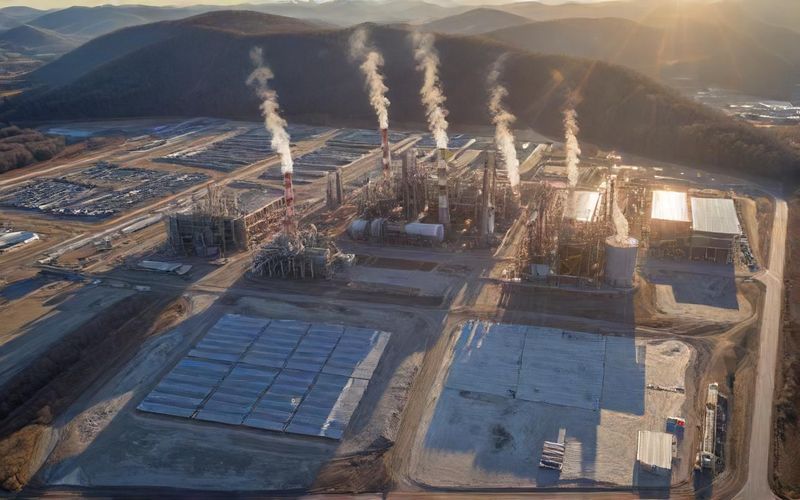FirstEnergy eyes W.Va. growth with gas, solar plant

This initiative aligns neatly with Governor Patrick Morrisey’s ambitious “50 by 50” plan, aiming to significantly boost the state's energy capacity by mid-century. The synergy between private enterprise and public policy in pursuing energy independence and economic security is a cornerstone of this vision. The language used by FirstEnergy’s CEO, Brian X. Tierney, emphasizes this partnership, speaking of promises kept to families, workers, and industries – a deeply humanizing aspect of large-scale industrial plans. The prospect of attracting energy-intensive businesses like data centers and advanced manufacturers further bolsters the argument that this isn't just about power generation, but about creating a dynamic ecosystem for future investment.
What’s particularly interesting is the dual approach to new generation: a substantial natural gas plant complemented by utility-scale solar. This signals a recognition, at least in their public statements, of the need for a balanced energy mix. While natural gas offers reliable baseload power, the inclusion of solar hints at a nod to the evolving energy landscape and the increasing demand for cleaner energy sources. It’s a strategy designed to ensure reliability during peak demand, a constant challenge for grid operators, while also potentially laying the groundwork for more sustainable energy portfolios down the line.
The economic impact study from the West Virginia University Bureau of Business and Economic Research lends significant weight to these aspirations. The numbers – over 3,260 jobs during construction and an estimated $68 million in state and local tax revenue – are substantial. Once operational, the ongoing support of nearly 2,200 jobs and an annual tax contribution of approximately $85.9 million paint a picture of sustained economic benefit. These aren't just abstract figures; they represent livelihoods, community development, and increased resources for public services.
However, amidst the optimism, there's an underlying question that often accompanies such large-scale energy projects, especially those involving fossil fuels. The trending topic of first energy, in its broader sense, encompasses not just the immediate energy needs but also the long-term implications for our environment and our planet. While the focus here is on immediate economic gains and energy security for West Virginia, the broader conversation about energy transition and the role of natural gas in a decarbonizing world remains an essential backdrop. The proposed plant aims to work "in concert with our existing energy infrastructure," suggesting a complementary role rather than a complete overhaul of the current system.
FirstEnergy's significant investment in grid modernization – a planned $5.2 billion between 2025 and 2029, with a potential additional $2.5 billion if the new plant is approved – is a critical component of this plan. Modernizing transmission lines, strengthening infrastructure, and implementing advanced grid technologies are essential for any energy provider aiming to meet future demands and ensure reliability. This forward-looking investment in infrastructure complements the generation plans and signals a broader commitment to the state's energy future.
Ultimately, the success of FirstEnergy's proposal hinges on regulatory approval and public acceptance. The promise of economic revitalization is powerful, and the integration of new generation capacity with grid modernization addresses key energy challenges. But as West Virginia navigates its energy future, the dialogue must continue to encompass not only the immediate benefits but also the long-term environmental considerations and the evolving global energy landscape. Will this investment in natural gas and solar power truly represent West Virginia's optimal path forward, balancing immediate economic needs with the imperative of a sustainable future?








